How to Achieve SOC-2 Compliance on AWS
- Ankush Madaan
- Blog
About
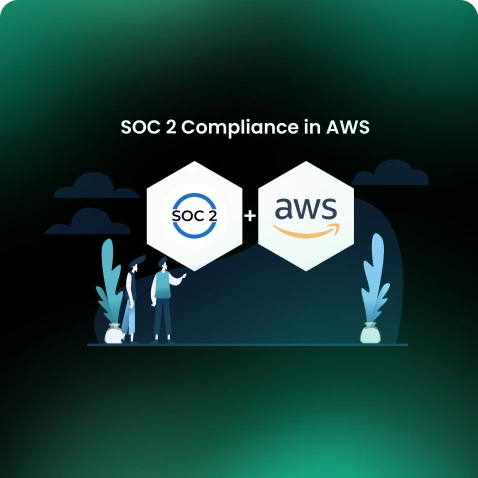
Industries
- AWS, Cloud Security, Featured, SOC2
Share Via
Introduction
In a world where digital innovation leads the way, security stands as the cornerstone for maintaining the integrity and resilience of businesses. The swift pace of technological advancements, driven by the growth of Artificial Intelligence (AI) and Machine Learning (ML), has transformed how companies develop and deploy new features. Today, the need to release updates quickly and more frequently is paramount. Amidst this rapid evolution, ensuring robust security at an organizational level has become more crucial than ever.
Processes and frameworks are vital in managing this heightened need for security. Among these, SOC-2 compliance emerges as a key standard, offering enhanced accountability and structured processes. It plays a significant role in strengthening an organisation’s security posture, ensuring not just compliance but also instilling trust and reliability in its operations. As companies strive to balance the pace of technological progress with rigorous security, SOC-2 provides a roadmap to achieve this equilibrium, safeguarding the digital-first world’s integrity. With this article we aim to navigate the complex terrain of SOC-2 compliance on Amazon Web Services (AWS). We’ll discover the technical steps, illustrates the transformation timeline, and demystifies the compliance process. Our objective? The real-world experience and proven strategies that lead to demonstrable trust in ensuring security across Cloud.
Understanding SOC-2 Compliance
The Beacon of Trust in Cloud Security
SOC-2 is not just a compliance certification; it’s a testament to an organization’s commitment to protect and handle customer data with the highest standards of security and privacy. Developed by the American Institute of CPAs (AICPA), SOC-2 is specifically designed for service providers storing customer data in the cloud, making it a de facto standard for SaaS companies, cloud service providers, and businesses that partner with them.
The Five Trust Service Principle:
Security: The system is protected against unauthorized access (both physical and logical).
Availability: The system is available for operation and use as committed or agreed.
Processing Integrity: System processing is complete, valid, accurate, timely, and authorized.
Confidentiality: Information designated as confidential is protected as committed or agreed.
Privacy: Personal information is collected, used, retained, disclosed, and disposed of in conformity with the commitments in the entity’s privacy notice.
Compliance with these principles does not just protect systems and data but also aligns businesses with regulatory requirements and builds customer trust—turning security and privacy into competitive differentiators in today’s market.
The Relevance of SOC-2 in the AWS Cloud
AWS provides an extensive array of services and tools that align with the SOC-2 principles, helping organizations to implement a robust compliance posture. These tools are integral to managing data, securing operations, and documenting procedures—a triad that forms the backbone of a SOC-2 compliant infrastructure.
Adopting SOC-2 on AWS is not merely about ticking off a checklist; it’s about embedding compliance into the very fabric of your cloud architecture. It is a continuous process that involves meticulous planning, execution, and ongoing monitoring.
In the following sections, we will delve into the preparation steps, dissect the core technical requirements, and outline a realistic timeline to achieve SOC-2 compliance on AWS. Prepare to elevate your understanding of SOC-2 and embrace the journey toward securing your cloud footprint.
Preparing for SOC-2 Compliance on AWS
Embarking on the SOC-2 compliance journey is akin to preparing for a deep sea expedition. Before diving in, it’s crucial to understand the depths and tides—the gaps in your current practices and the AWS tools that will support your compliance efforts.
Step1 : Assessing Your Current Landscape
The initial step in your preparation is a thorough readiness assessment. This involves a review of your existing processes, controls, and infrastructure to identify any compliance gaps relative to the SOC-2 requirements. This phase often involves internal audits, risk assessments, and a review of current policies and procedures.
Step2 : Setting the Stage with AWS Frameworks
A well-architected framework is vital to ensure that your cloud infrastructure is not just compliant but also optimised for performance, cost, and scalability. AWS provides the Well-Architected Framework, which helps cloud architects build secure, high-performing, resilient, and efficient infrastructure for their applications and workloads.
Implementing this framework is an essential part of your preparation, ensuring that compliance is not an afterthought but an integral part of your cloud environment.
Step3 : AWS Tools to Anchor Your Compliance
AWS offers a suite of services designed to help you align with the SOC-2 principles:
AWS Identity and Access Management (IAM): Manages access to AWS services and resources securely.
AWS Config: Enables you to assess, audit, and evaluate the configurations of your AWS resources.
AWS CloudTrail: Provides a history of AWS API calls for your account, including actions taken through the AWS Management Console, AWS SDKs, command line tools, and other AWS services.
AWS Key Management Service (KMS): Makes it easy to create and manage cryptographic keys and control their use across a wide range of AWS services and in your applications.
Leveraging these tools effectively lays the groundwork for SOC-2 compliance, ensuring that the technical foundation aligns with the stringent requirements of the framework.
Technical Roadmap to SOC-2 Compliance
With your preparations in place, it’s time to dive into the technical specifics. Achieving SOC-2 compliance on AWS is a multi-faceted process that involves setting up and configuring a variety of AWS services to ensure they meet the SOC-2 criteria.
Identity and Access Management
Start by solidifying your IAM policies. Implement least privilege access to ensure that users and services have only the permissions necessary to perform their tasks. Enable Multi-Factor Authentication (MFA) across your accounts, and use roles to manage permissions for AWS services.
Data Encryption
Data in transit and at rest should be encrypted. Utilize AWS KMS to manage encryption keys and implement automatic encryption across services like Amazon S3, EBS, RDS, and Redshift. Implement SSL/TLS by using AWS Certificate Manager to handle encryption for data in transit.
Logging and Monitoring
Set up AWS CloudTrail to log API calls and AWS Config to track resource changes. Employ Amazon CloudWatch to monitor the health and performance of your AWS resources and applications, setting up alerts for any unusual activity.
Change Management
Employ AWS Config to monitor and manage your configurations and AWS Systems Manager to streamline patch management and maintain security. Use AWS CloudFormation or Terraform for infrastructure as code, ensuring consistent and repeatable deployments.
Disaster Recovery
Design a disaster recovery plan that includes AWS Backup for automating and managing backups and use Amazon RDS snapshots for databases. This ensures business continuity and helps in meeting the availability criterion of SOC-2.
By following these technical steps and properly configuring AWS services, your organization will be well on its way to achieving SOC-2 compliance. However, it’s important to remember that technology is only one part of the puzzle—documentation, policies, and training are equally critical to ensuring ongoing compliance.
The Process and Timeline
The journey to SOC-2 compliance is a marathon, not a sprint. It’s a process of transformation and adaptation, with a timeline that varies by organization size, complexity, and current infrastructure. However, a general roadmap can guide your expedition.
Phase 1: Preparation (1-2 months)
Readiness Assessment: Conduct an initial gap analysis with a SOC-2 checklist.
Remediation Plan: Develop a plan to address identified gaps, which may involve configuring AWS services, updating policies, or enhancing security measures.
Phase 2: Implementation (3-6 months)
Technical Setup: Implement the necessary AWS configurations as outlined in the roadmap.
Policy Development: Create or update security policies, incident response plans, and disaster recovery protocols.
Phase 3: Documentation (1-2 months)
Evidence Gathering: Compile documentation of your AWS environment, policies, and procedures.
Internal Review: Perform a thorough internal review to ensure all SOC-2 requirements are documented and met.
Phase 4: Auditing (1-2 months)
Selection of Auditor: Choose a certified auditor with experience in AWS environments.
Audit Process: Work with the auditor to schedule and conduct the audit.
Report Generation: Following the audit, the auditor will generate a SOC-2 report.
Real-World Timeline
Total Timeframe: Typically, the entire process can take 6-12 months from readiness assessment to receiving the SOC-2 report.
How SquareOps Makes a Difference
SquareOps’s adeptness in cloud security and compliance plays a pivotal role in reducing the SOC-2 compliance timeline. Our deep expertise in AWS and a proven track record of successful compliance engagements provide a fast track to SOC-2 readiness.
Automation: SquareOps’s proprietary automation library can significantly expedite the preparation and implementation phases, reducing manual effort and the possibility of human error.
Expertise: With a team of certified professionals, SquareOps can swiftly navigate the complexities of AWS services, ensuring that all technical requirements are met efficiently.
Insights: SquareOps’s experience with similar compliance projects provides invaluable insights that can prevent common pitfalls, saving time and resources.
Partnerships: As an AWS partner, SquareOps has direct access to AWS support and resources, which can facilitate a smoother and faster audit process. As an AWS Well-architected partner we help navigate the GAP quickly.
By partnering with SquareOps, businesses not only shorten the timeline to achieve SOC-2 compliance but also ensure that the process is managed effectively, with minimal disruption to their operations.
Working with Auditors
Partnering with the right auditor is crucial—they are the cartographers charting the details of your compliance map. Here are key considerations:
Choosing an Auditor
Experience: Select an auditor with a proven track record in cloud environments, especially with AWS.
Expertise: Ensure they understand the specific nuances related to your industry and the technical aspects of your cloud setup.
The Audit Process
Planning: Collaborate with the auditor to define the scope and schedule of the audit.
Evidence Collection: Provide the auditor with access to documentation, logs, and systems they need to evaluate.
Regular Updates: Maintain open lines of communication with the auditor throughout the process.
Tips for a Smooth Audit
Be Prepared: Have all documentation organized and ready for review.
Be Transparent: If there are known issues, discuss them upfront with the auditor.
Be Collaborative: Work with the auditor as a partner in the compliance process.
Maintaining Compliance
Achieving SOC-2 compliance is not a one-time event but an ongoing commitment. Here’s how to maintain your compliance stance:
Continuous Monitoring
Automated Compliance Checks: Use AWS services and third-party tools to continuously monitor compliance.
Regular Audits: Schedule periodic internal audits to ensure ongoing adherence to SOC-2 requirements.
Regular Patching: Implement consistent patching of systems and software to maintain security and compliance.
Training and Awareness
Employee Training: Regularly train staff on compliance policies and procedures.
Security Awareness: Foster a culture of security and compliance throughout the organization.
Updating Documentation
Policy Revisions: Update policies and procedures as needed to reflect changes in the environment or business.
Change Management: Document any changes to your AWS environment or related systems that may impact SOC-2 compliance.
Compliance is a dynamic state, not a static one. By staying vigilant and proactive, businesses can ensure that their compliance posture remains robust and responsive to the ever-evolving landscape of cloud security.
Frequently asked questions
SOC-2 is a framework for securing sensitive customer data, based on five trust service principles: Security, Availability, Processing Integrity, Confidentiality, and Privacy. It is crucial for businesses that store or process data in the cloud to demonstrate proper security controls.
SOC-2 compliance ensures that AWS-hosted systems are secure, reliable, and protect customer data, which builds trust and meets regulatory requirements.
AWS provides security features such as data encryption, access controls, logging, and monitoring, which help customers meet SOC-2 requirements for data protection and operational security.
To achieve SOC-2 compliance on AWS, companies should implement security best practices, including data encryption, identity management, access control, regular monitoring, and audit logging, aligned with SOC-2 criteria.
Leverage AWS services like AWS Identity and Access Management (IAM), AWS CloudTrail, and AWS Shield for identity management, logging, and DDoS protection. Encrypt data at rest and in transit with AWS KMS and use multi-factor authentication (MFA) for access control.
AWS CloudTrail enables the tracking of user activity and API calls in your AWS account, providing an essential audit trail to monitor security, availability, and integrity, which are core SOC-2 requirements.
Challenges include ensuring proper configuration of AWS services, managing third-party integrations, maintaining ongoing monitoring, and creating audit-ready documentation for third-party auditors.
SOC-2 audits should be performed annually to ensure that controls are in place and continuously maintained. This includes periodic assessments and updates to address new risks or changes in the cloud infrastructure.
AWS provides built-in tools like AWS Config for continuous monitoring, AWS Inspector for vulnerability management, and AWS Security Hub for centralized security alerts. Third-party tools like Terraform and Splunk can also aid in managing configurations and security monitoring.
SOC-2 compliance gives customers confidence that AWS-hosted services adhere to strict security and data protection standards. This is especially important for businesses in regulated industries, ensuring that their cloud services meet necessary compliance and security criteria.
Related Posts
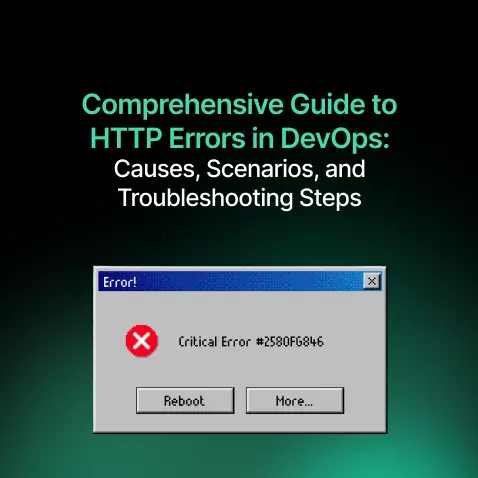
Comprehensive Guide to HTTP Errors in DevOps: Causes, Scenarios, and Troubleshooting Steps
- Blog
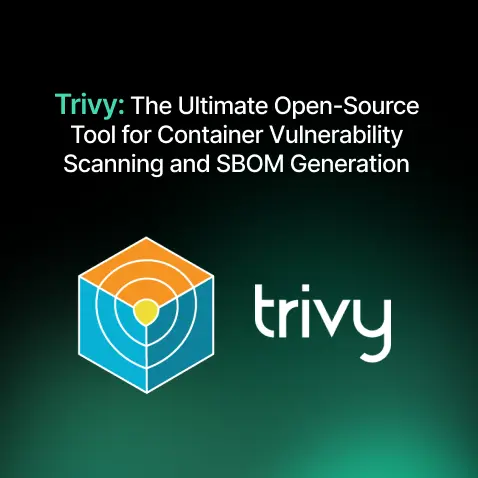
Trivy: The Ultimate Open-Source Tool for Container Vulnerability Scanning and SBOM Generation
- Blog
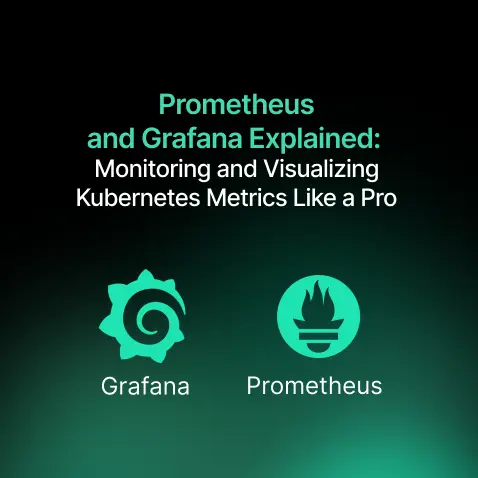
Prometheus and Grafana Explained: Monitoring and Visualizing Kubernetes Metrics Like a Pro
- Blog
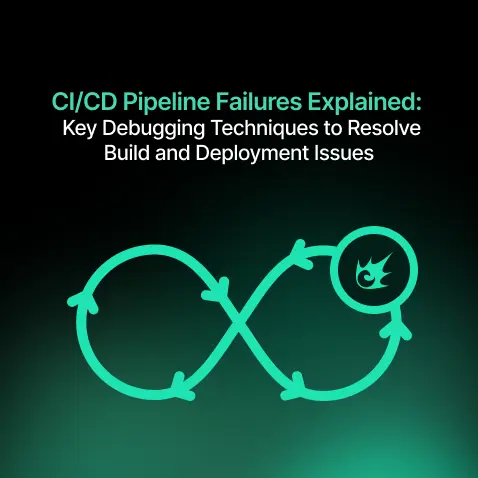
CI/CD Pipeline Failures Explained: Key Debugging Techniques to Resolve Build and Deployment Issues
- Blog
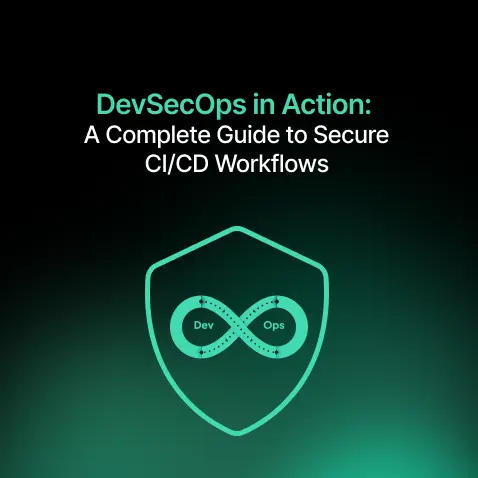
DevSecOps in Action: A Complete Guide to Secure CI/CD Workflows
- Blog
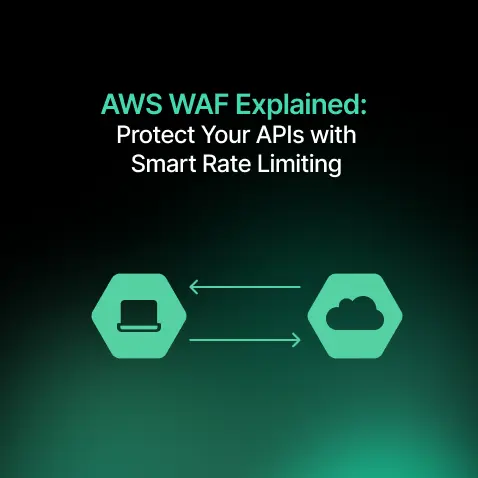
AWS WAF Explained: Protect Your APIs with Smart Rate Limiting
- Blog

